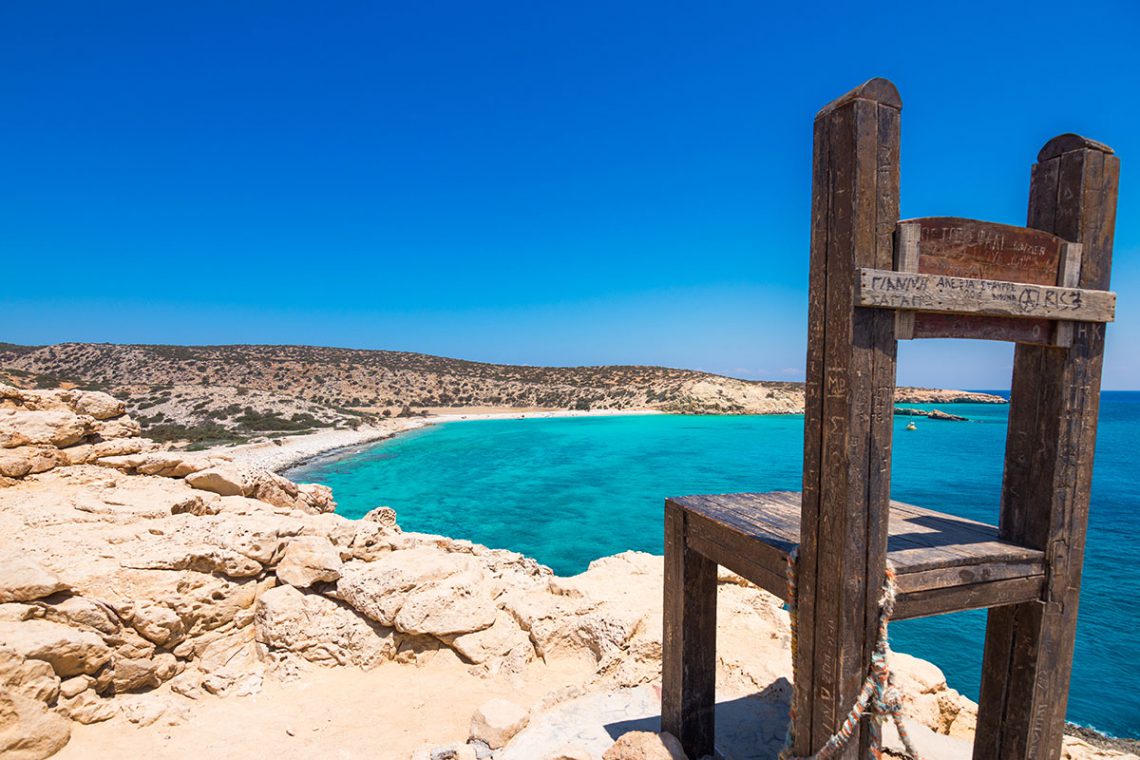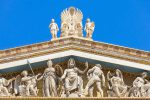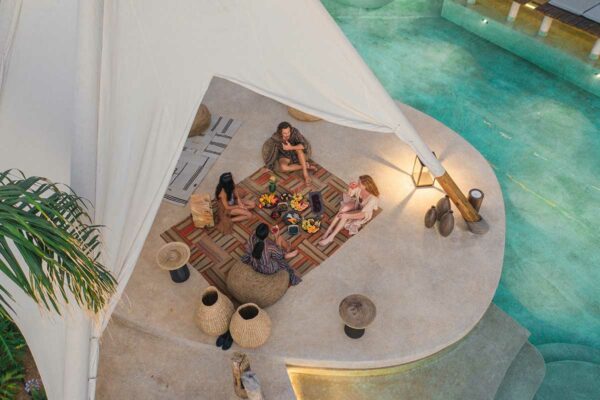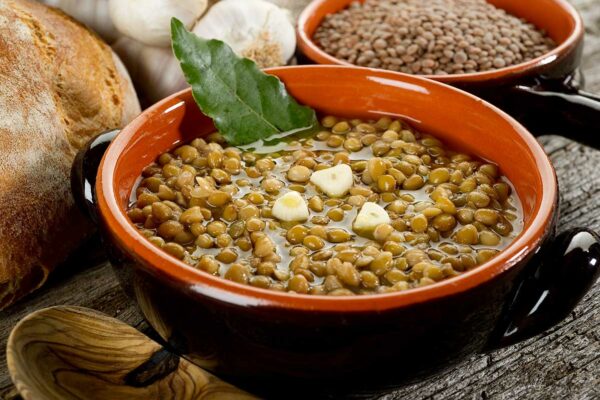Gavdos Island – Calypso’s Land
Nymph Calypso lived once on a tiny island in the Lybian Sea where she charmed the Greek hero and king of Ithaka Odysseus with her singing and looks. In the Odyssey – BOOK V, Homer describes the island itself as a place of rare beauty:
“Round her cave, there was a thick wood of alder, poplar, and sweet-smelling cypress trees, wherein all kinds of great birds had built their nests—owls, hawks, and chattering sea-crows that occupy their business in the waters. A vine loaded with grapes was trained and grew luxuriantly about the mouth of the cave; there were also four running rills of water in channels cut pretty close together and turned hither and thither to irrigate the beds of violets and luscious herbage over which they flowed. Even a god could not help being charmed with such a lovely spot.”
In Homer’s time, the island was called Ogygia and had several other names throughout its history: Clauda in the Bible, the Romans called it Cauda, Pliny the Elder called it Gaudos, Venetians named it Gotzo or Gondzo.
Gavdos lies south of Crete, about 26 nautical miles of Chora Sfakion, and is today as beautiful as Homer described it. Visitors interested in spending a holiday here or taking a day trip can reach it by ferry or boat – the fastest from Chora Sfakion – but there are also boat trips to Paleochora, Sougia, Agia Roumeli, and Loutro. Being closer to Africa than any other Greek island, Gavdos and its smaller neighbor Gavdopoula have a hot Mediterranean climate in the summer and mild winters.
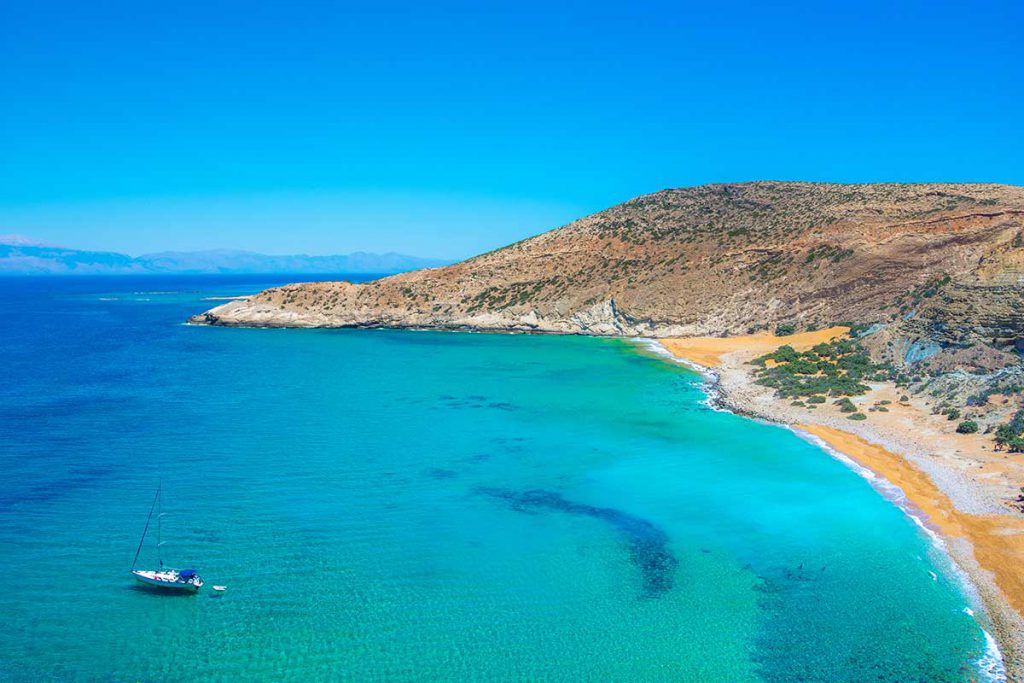
The island’s vegetation is very similar to Crete’s southern beaches: you’ll notice an abundance of junipers and garrigue shrublands stretching among dunes and fragrant pines, providing shade for your hikes. Plants usually found in Africa are also present: white wormwood and Periploca angustifolia are some of them. The rare Tulipa saxatilis (or Lilac Wonder), Callitriche pulchra, and Crepis pusilla are plants protected on Gavdos. For these reasons, the island is part of the extensive Natura 2000 program, which also protects fauna species like the western Caspian terrapins and the bottlenose dolphins. Other animals you may encounter on Gavdos include the Turkish gecko, Kotschy’s gecko, and cat snakes.
There are less than fifty permanent inhabitants on the island. The number increases to almost four-thousand with vacationers’ arrival in the high tourist season. Most of them tend to prefer the Karabe port areas and the Kastri capital town – mainly because these have more facilities. Mount Vardia, at 345 meters above sea level, offers appealing views of the island’s rugged landscape for hikes. The most beautiful beaches are Sarakiniko and Agios Ioannis, although many adventurers go south to Tripti to experience Europe’s southernmost point with its stunning three rock formation and the oversized sculpture of a chair marking the site.
Hike around the island if possible – it’s not big, just 9 kilometers long and 4.5 kilometers wide. Take your time to visit one of its picturesque villages where life seems to stay still. Vatsiana, Fokia, and particularly Ambelos, where you will find the lighthouse of Gavdos, are particularly interesting. Spend some time at the lighthouse cafe and visit its museum too for a taste of local history.
When you plan your trip to Gavdos, be prepared with beach essentials, but also water purifiers (potable water is sometimes in short supply), essentials for your babies, medicine, and a good tent if you plan to camp outside. Bear in mind that sailing weather conditions may keep you stranded on the island if the boat cannot make the trip from a Cretan port to Karabe.

